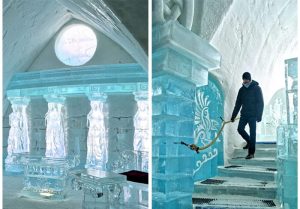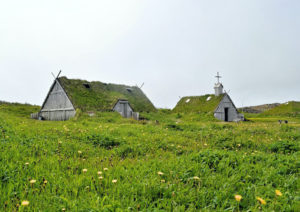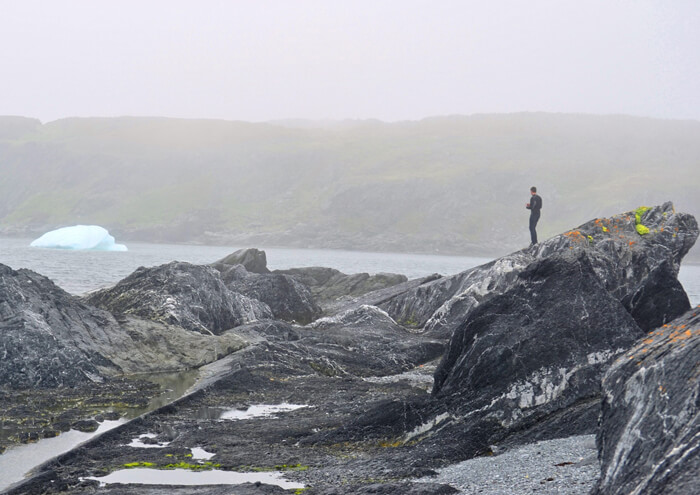
Climate Change – Part 1: The Basics
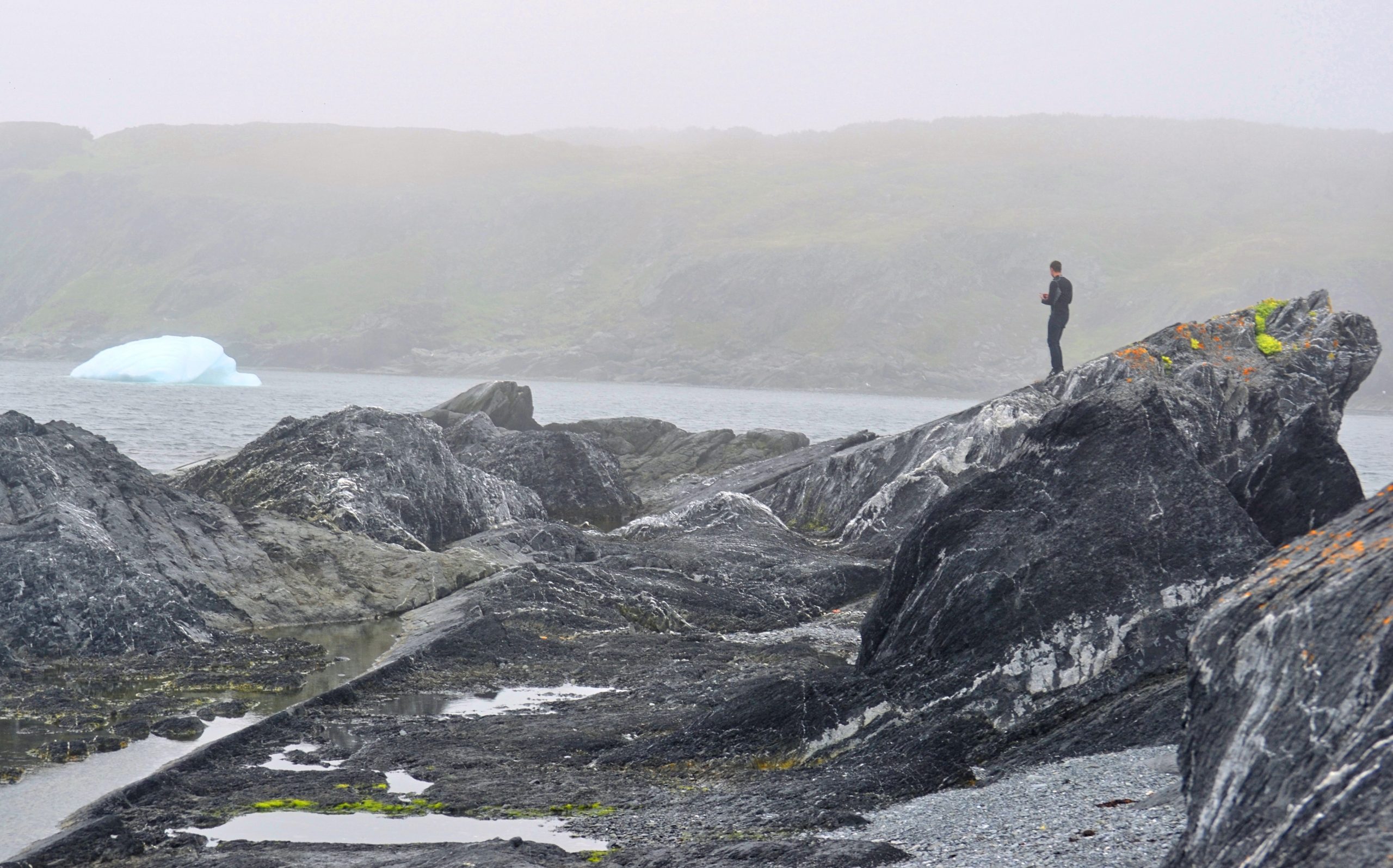
Climate Change Guide in Canada
We all know that the earths heat comes from our nearest sun. A portion of the sunlight is bounced back into space by white clouds or arctic snow, but most of it is absorbed into the surface of the planet. The issue isn’t with the amount of sunlight transferred to the planet, but more likely, how much of it gets trapped on the surface due to man-made pollution. C02 is widely known to trap heat, and when the atmosphere is full of it, things can get a little dicey. That’s what people are calling the “Green House Effect”.

Let’s look at the side effects. By looking back in time with coral and comparing them to the present, biologists are absolutely certain that worldwide coral ecosystems are not in natural fluctuation. The climate is negatively impacting the oceans. One of the biggest reason that the mass population still do not realize that climate change is happening is because the majority of the heat has been transferred to the oceans.
When you burn fossil fuel, oil, gas and coal; you throw carbine dioxide (CO2) into the atmosphere. Carbine dioxide has the property to trap heat. The more dioxide in the air, the more heat trapped within the atmosphere. It’s kind of like putting extra layers of clothing on the planet. What people don’t know is that 93% of the heat in the atmosphere is absorbed by the ocean. That’s a lot of solar energy.
So much energy in fact, that if the ocean did not absorb the heat; the entire planet surface would be a boiling wasteland. The average surface temperature of the planet would be about 50°C, which is a huge difference to the average of 14°C that we have now.
The Coral Reefs:
Corals also have started to bleach. The term bleaching comes to the fact that due to intense heat, corals expel the algae in their tissue which causes them to lose all colour and die.
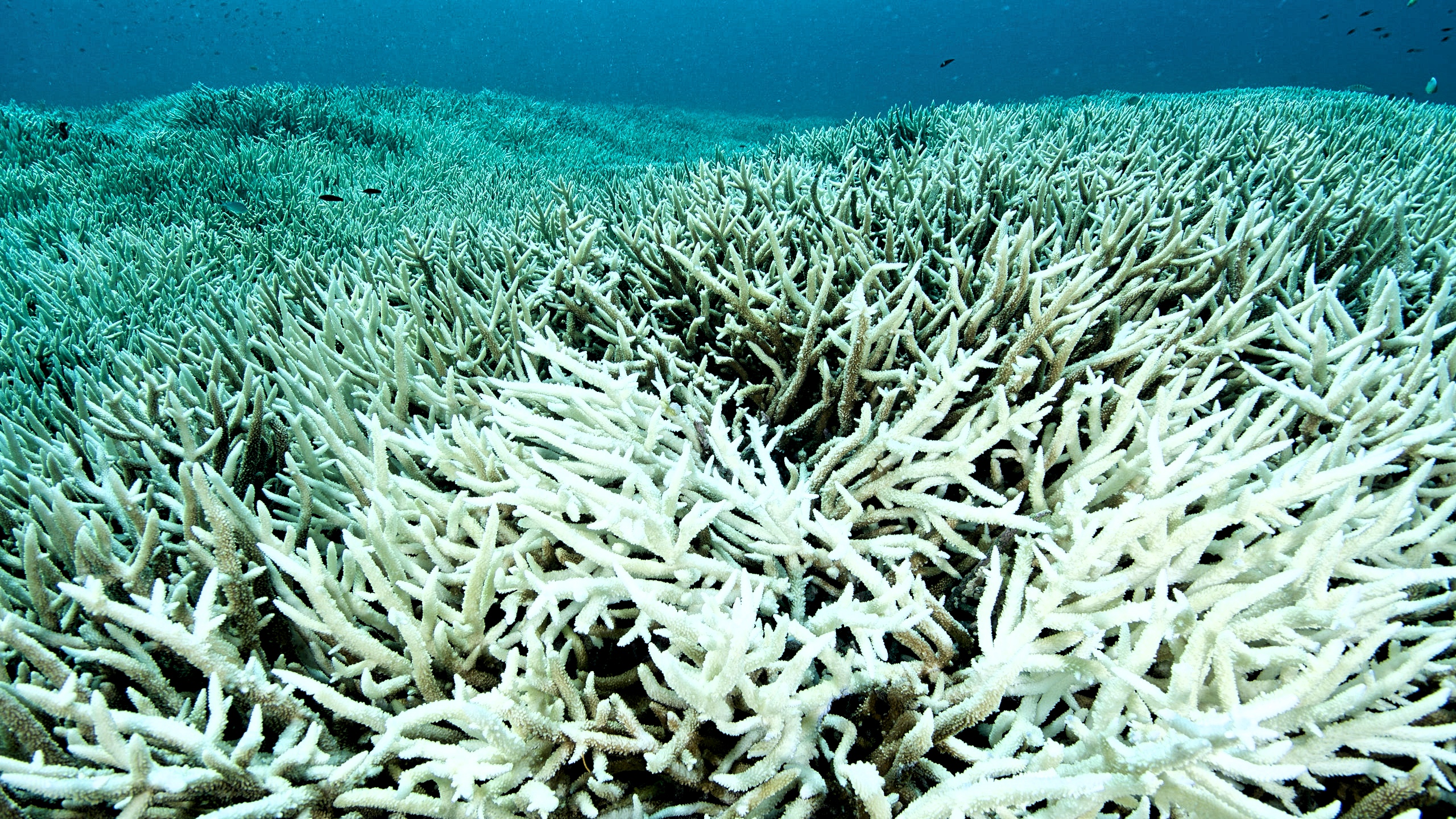
The disappearance and “bleaching” of the coral reefs are not the only thing that has happened. In New Caledonia, near Australia, the coral have started to do something that has never happened in recorded history. Even biologists don’t know what is happening. The corals are glowing.
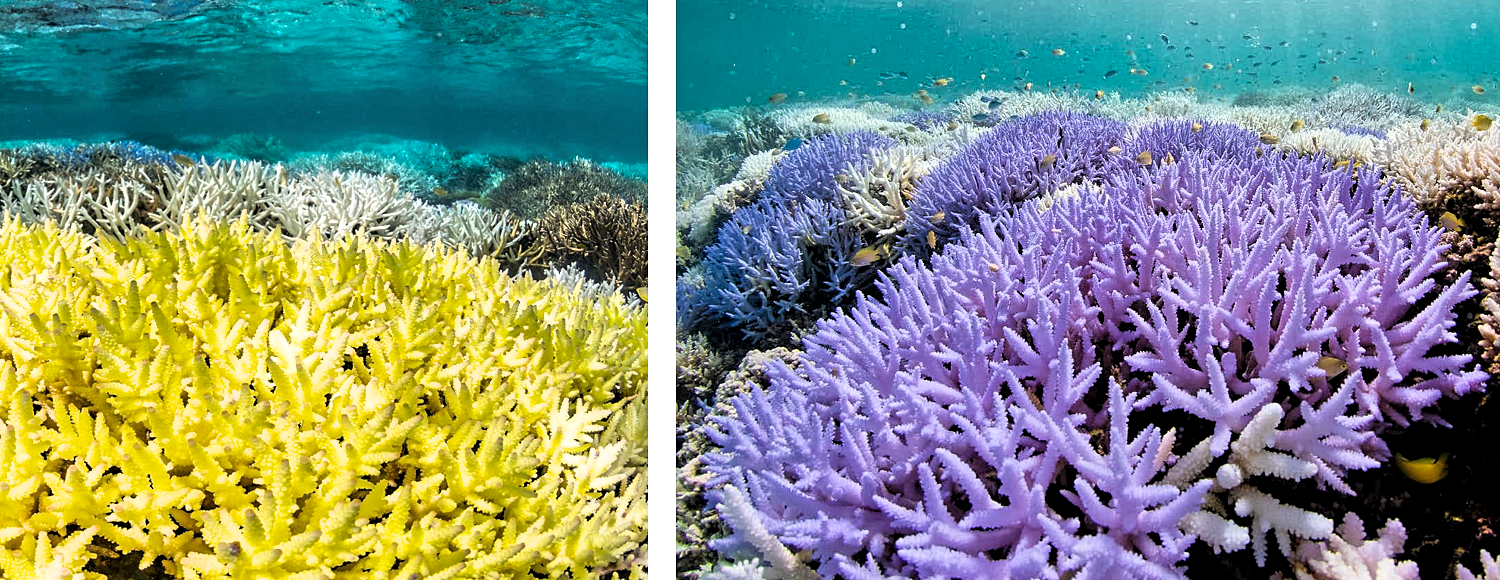 Richard Vevers/The Ocean Agency, Author provided.
Richard Vevers/The Ocean Agency, Author provided.
Bright purple, yellow and blue. The best guess is that the corals are fluorescing because they are producing a chemical sunscreen to protect themselves from the heat. This is a beautiful evolution in nature. The coral’s last line of defence. A magnificent phase of death, before bleaching and becoming completely white.
The Glaciers:
We’ve been able to see the effects of climate change through glaciers. I’ve been lucky enough to go see a few glaciers in northern Canada myself. Glaciers can be several hundreds of thousands years old, making it valuable for climate research. To see a long-term climate record, scientists can drill and extract ice cores, because 2% of the earths water is stored in glaciers.
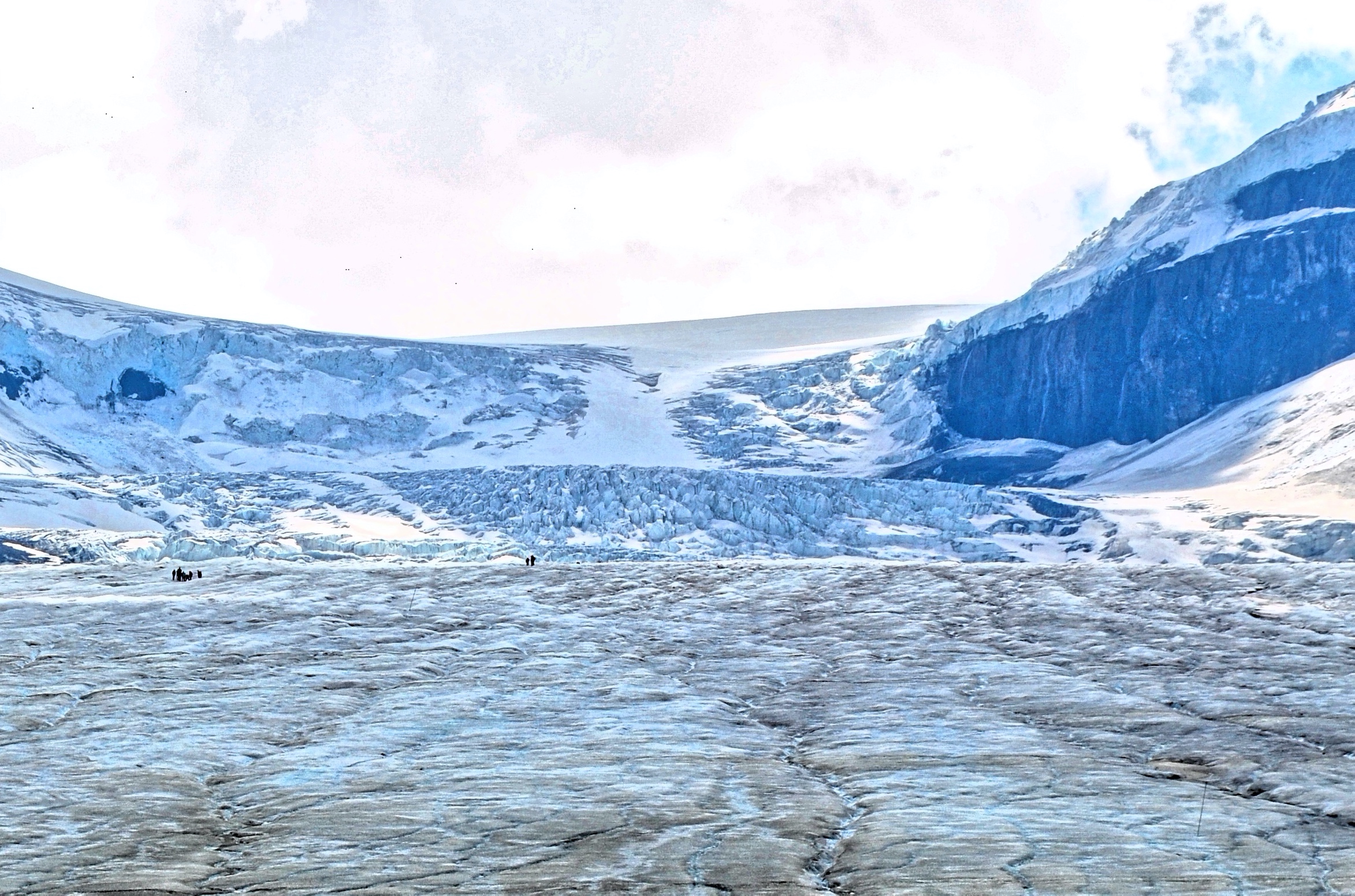
The Athabasca glacier for example, is over 6 km long as of 2018. But loosing size every year. This Alberta wonder will disappear within a generation due to climate change. The glacier is a surviving remnant of the thick ice mass that once covered most of Western Canada’s mountains. The Athabasca is the most-visited glacier on the North American continent. Situated across from the Icefield Centre, its ice is in continuous motion. It is normal for glaciers to change size over time. Glaciers advance and retreat, due to climate fluctuation. Retreat (get smaller), however, is winning out worldwide — at an alarming rate.
As the ice in Canada is melting, we can see more and more of the land beneath it. Most scientists predict that by the year 2050, the arctic will be ice-free during summer. That’s only 30 years from now. What will happen to the region when all that ice melts? The prediction will be a 2 metre rise in sea level, all over the world. The arctic ice has been rapidly melting for the last 20 years. The process has even been affecting the glaciers in Greenland that are 100,000 years old. Scientists estimate that 10,000 tons of arctic ice are lost every second due to global warming.
Geologists have taken a lot of time to observe all the mountains all over the world. They have concluded that today, we are living in the final stages of the most recent ice age. If that is true, then is global warming man-made, or simply a natural progression of the cycle of life? That is what we are here to find-out.
Forestry:
Wildfires have really been affecting the forestry in the last 20 years. The increased temperatures caused by climate change are triggering fires that are larger than we have seen before. Why is protection of our forests important? This is because there is much more to a forest than just a bunch of trees: but instead wildlife, plants, insects, other living things, dead trees and animals. All of these work to enrich the soil and the environment together. They make the forest, together, far more than the sum of its pieces.
Some countries have already felt the heat and are under attack by these natural disasters: Example: USA, Brazil, Russia, Australia, most of Africa.
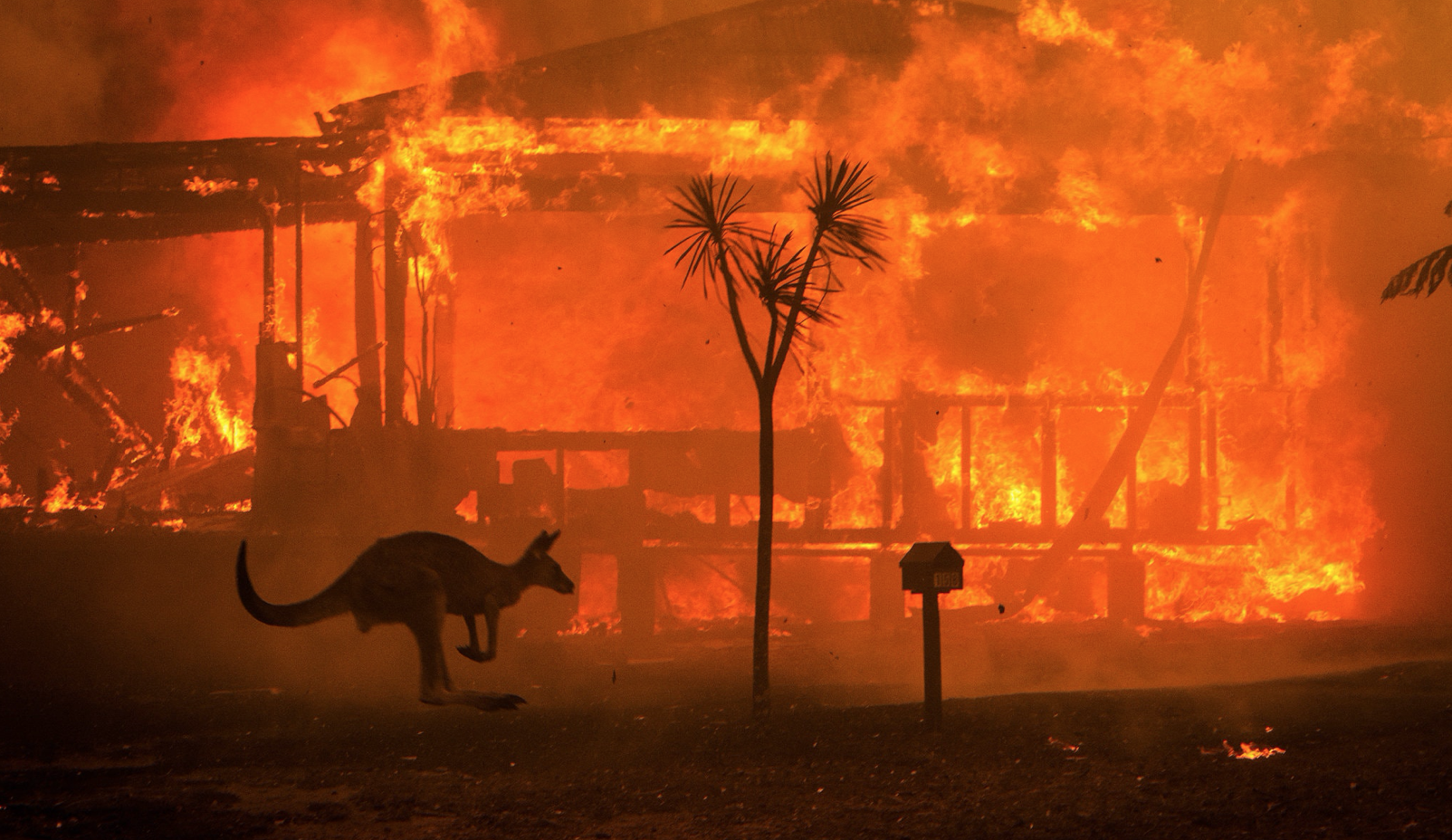 Australia Fire, New York Times, 2020
Australia Fire, New York Times, 2020
Animals:
One of the most dramatic ways we have observed species responding to climate is through their phenology, the timing of different events in nature. Climate change alters the life cycles of animals on land and sea as well as plants. For example, as temperatures rise, some animals are waking from hibernation sooner or migrating at different times. Many plants are starting to bloom earlier in the spring and survive longer into the fall. Unfortunately, the animals and plants that can’t migrate are suffering and even going extinct.
150 species of animals are dying every day due to climate change. Wild animals are sensitive and are not able to adapt as easily as humans to the humidity and are struggling to nourish and protect themselves. One of the largest bat species in the world for example, are unable to adapt to the rising heat and are dying in mass quality at every heat-wave.
The White storks in Spain (birds), are no longer migrating south, and they should be. Because of the rising climate, they have decided to stay and break the cycle. Geese in Canada are facing the same patterns as of late.
Polar bears are also affected by the warm climate. They use sea-ice to travel from area to area; but what happens when the ice melts? That means that they struggle to get back into their hunting grounds to gather food, and spend all their energy swimming. Malnourished, most polar bears cannot navigate through the ocean and end up dying of hunger or drowning.
The Bengal Tigers from India, is another example. With the rising sea levels, these wild animals have been pushed back towards human civilizations. Tigers being very dangerous, they have been hunted by humans to near extinction in retaliation and defence of villages.
. . .
To read climate change part 2, click here.


